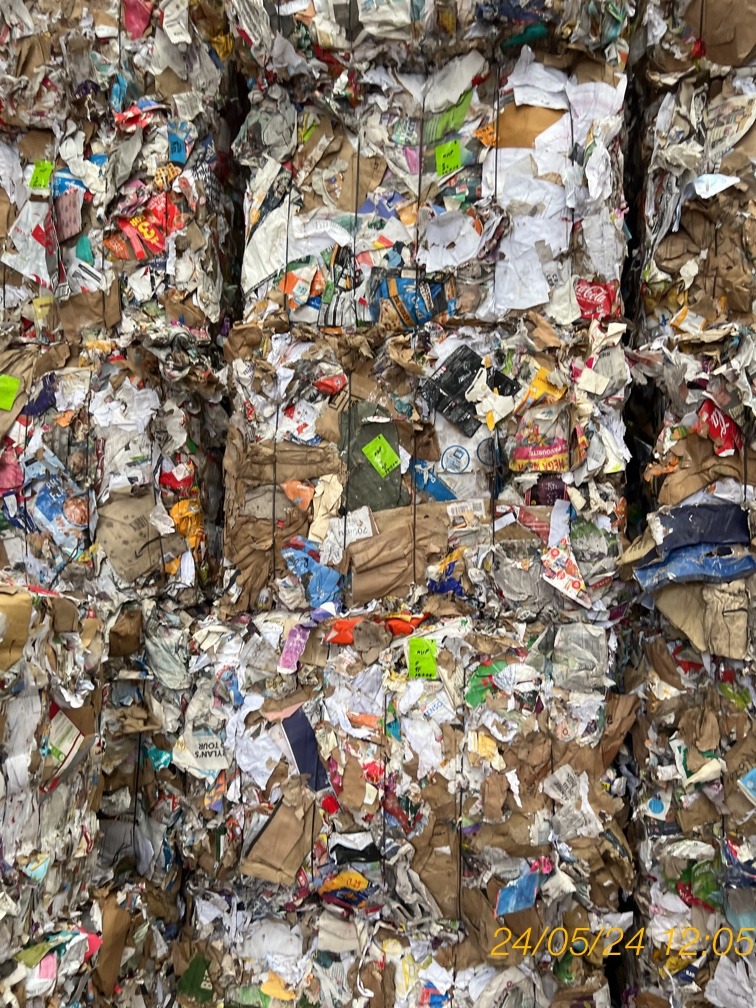Mixed Paper.

Complete the form below or call Clearpoint on +44 (0) 1423 855978 if you would be interested and what prices you can offer?
Product Information
Grade: Mixed Paper
Expected weight: 22 m/t
Stored: Inside
Expected Haulage Type: Curtain or container
EWC Code: 19 12 01
Availability: Available now
Load Frequency: Monthly
Material Background:
1. Fully co-mingled Dry Mixed Recycling (DMR) material is received on-site from kerbside Council collections
2. The DMR is fed into a ‘bag opener’ that tears open any bags, from here it flows onto a conveyor that is set at a pre-determined speed to maximise the separation of the comingled dry mixed recyclable material.
3. Enters a pre-sort cabin where large metal and rigid materials along with any visible film is removed that may damage the MRF. OCC is also removed at this stage which goes for bailing.
4. All other DMR flows into the MRF. The first stage is the removal of glass. The glass falls onto the Glassbreaker DRS screens. The glass breaks and falls through the 40mm screen. Glass is removed and all other material continues onwards.
5. A Ballistic separator then separates 2d (paper and card) from 3d (plastics and metals). Paper goes over the top and the plastic and metal materials fall through onto a separate conveyor
6. An overband separation magnet then removes ferrous metals from the plastic and metal waste streams. These are bunkered and then bailed.
7. The remaining material moves forward and passes through an eddy current to remove non-ferrous metals. Non-ferrous metals are thrown over the top where they are conveyed into a QC Cabin where aluminium cans are negatively targeted removing any contamination like pet food pouches. The plastics fall onto a further conveyor to carry on their journey
8. The material moves onto further conveyors where it enters a Trommel where any remaining material smaller than 40mm falls onto conveyors. This is mainly small pieces of glass and metal that have been previously missed.
9. The remaining material then passes through optical sorters where it positively targets paper and card that re-enters the MRF for further separation. The plastics enter the PRF at this stage.
10. The paper and card is separated onto two conveyors (due to volume) and continues on its journey where further optical sorters positively target any remaining metals and plastics these materials are put back through the MRF to add these already recovered waste streams.
11. The paper and card then goes into a separate QC cabin where it is negatively picked and any remaining contamination is removed. It is then bunkered and baled
Baling
1. Once material bunkers are full they go for baling
2. All bales are dressed, and any visible contamination is removed. These checked bales are provided with a green QC-controlled sticker providing the date and shift details for future reference. Any that fail are broken down and out back through the MRF and PRF.
Bale size: 140cm (H) x 70cm (H) x 70cm (W)
Tied: Galvanised ties
Pallets: No
